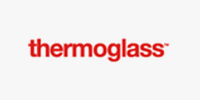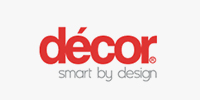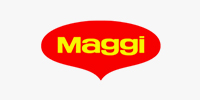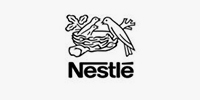How to Produce Plastic Bottles?
There are several common molding methods for plastic bottles: Extrusion Blow Molding (EBM), Injection Blow Molding (IBM), Stretch Blow Molding (SBM), etc. Here Sanle explains the manufacturing process of plastic bottles.
Extrusion Blow Molding
In extrusion blow molding a round, hollow tube or parison is formed by an extruder. A mold cavity, composed of two halves, closes around the parison and pinches off one end. Compressed air expands the parison to conform against the cold mold cavity walls. When sufficiently cool, the mold opens and the container is removed and trimmed of excess plastic or flash. Flash, a basic characteristic of extrusion blow molding, is formed when the parison is pinched off by the mold. Since most resins can be reprocessed, the flash is not wasted but is used as "regrind."Wall distribution, thickness, and weight can be controlled by parison programming. While the parison is extruded, programming changes in the relation of the mandrel and die can be used to shift material from heavier, stronger areas to lighter, weaker areas. This method aids significantly in maximizing container performance and minimizing container weight and cost.
Injection Blow Molding
The process of injection blow molding (IBM) is used for the production of hollow plastic objects. Injection blow molding is performed in basically three stages. At the first stage, melted plastic is injected into a mold cavity to produce a preformed parison. The preform is shaped like a test tube, but with a molded screw finish at the top. The preform is then transferred to the second, blow-molding stage. Air is blown through a core pin to expand the preform against a cold mold cavity. The container is then transferred to the third station for ejection. Two main types of processes exist:
One-step injection molding: the melted polymer is injected into the final shape of the container in a cold mold, it's then released.
Two-step injection molding: the first step is the injection of melted plastic in a mold, resulting in the creation of a preform. The cold preform is then taken onto another machine, enclosed in a mold, heated, stretched with a pin to reach the desired length, and then blown in the shape of the chosen mold.
Stretch Blow Molding
Stretch blow molding uses either the injection or extrusion blow molding process as a basic foundation. In either case, a preformed parison is molded and then transferred to a blow molding cavity. The parison is stretched biaxially during blow molding to orient and align the molecules. This orientation improves the gas barrier, stiffness, clarity and impact strength of the container. As a result, containers can be reduced in weight. Resins that can be stretch blow molded include PET, PVC, and Polypropylene. PET has by far the most common use in carbonated beverage containers.
Injection Molding
Injection-molded containers can be straight-sided or tapered, narrow or wide mouth shapes such as jars, tubs, and vials. Material is injected into a cavity where pressure forces the resin to conform to the mold body. Containers are capable of holding to a tighter dimensional tolerance and are more uniform in-wall distribution. A wide variety of resins can be processed via the injection molding process, the most popular being polypropylene, styrene, and polyethylene.
As a leading OEM/ODM supplier of customized plastic squeeze bottles for world-leading multinationals, SANLE has more than 26 years experience of in manufacturing plastic bottles. If you have other questions, contact us now! SANLE expert team will be glad to help you.





























